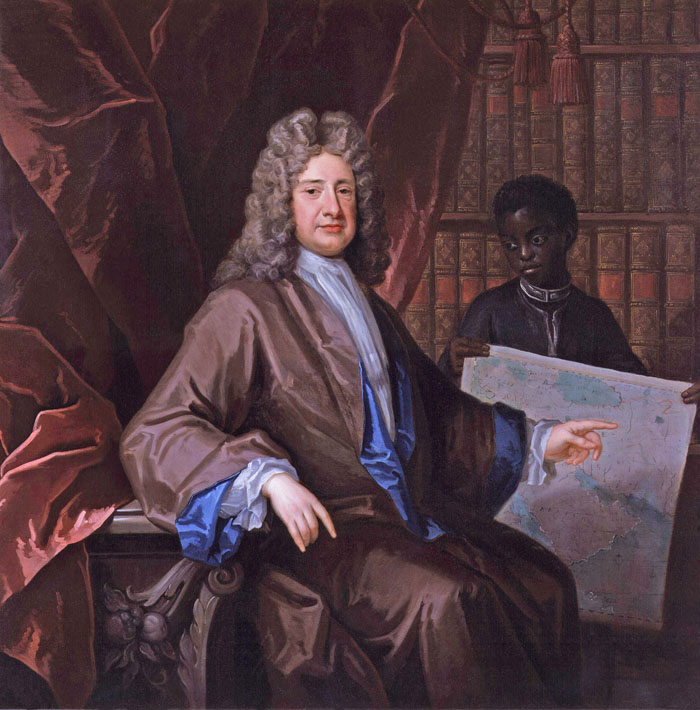Chardin and Seventeenth-Century Persia

Sir John Chardin, from the National Portrait Gallery in London; image credit

Sir John Chardin (aka Jean-Baptiste Chardin, 1643-1713) was the son of a wealthy French, Protestant jeweler who spent much of his life traveling through the Near East and Persia. His first visit to Persia was in the 1660s--one wonders what inspired him to undertake the long journehy from a pretty nice spot in France to the luxuries of the Persian court. After a brief return to France around 1670, he again set out for Persia and also ended up visiting cities throughout the Near East and India in almost a decade of travels.
Eventually, after he returned to Europe, Chardin left France because of the persecution of the Huguenots (Protestants). He settled in England where he became jeweler to the king and was later knighted. Over the remaining course of his life in England, he worked on publishing his travel commentary, titled as Voyages de monsieur le chevalier Chardin en Perse et autres lieux de l'Orient (Amsterdam, 1711)--note that the part that we are reading in the course is only a small portion of the complete, and rather lengthy original, travel account.
The Travels in Persia is a great travel account classic (right up there with Olearius, Haxthausen and de Tocqueville) and considered to be an important historical source for information about Persian society and culture. The book is especially valuable for its insight into the habits and routines of the Safavid imperial court, where Chardin was a welcome guest. As you read, do not get caught up trying to remember every single detail of Chardin's commentary. Try to focus on a few key points that you will find useful for your paper. Also, try to enjoy the book and get an idea of what it must have been like for Chardin traveling through Persia in the seventeenth century.
References:
- Wiki entry on John Chardin
- John Emerson biography of Sir John Chardin in Encyclopedia Iranica
- Entry on Chardin in the classic, eleventh edition of the Encyclopedia Britannica (another version of that article is available)
- Peerage page for Chardin (his noble status in England)
- A painting of Chardin and his portrait; also an image of him on Flickr